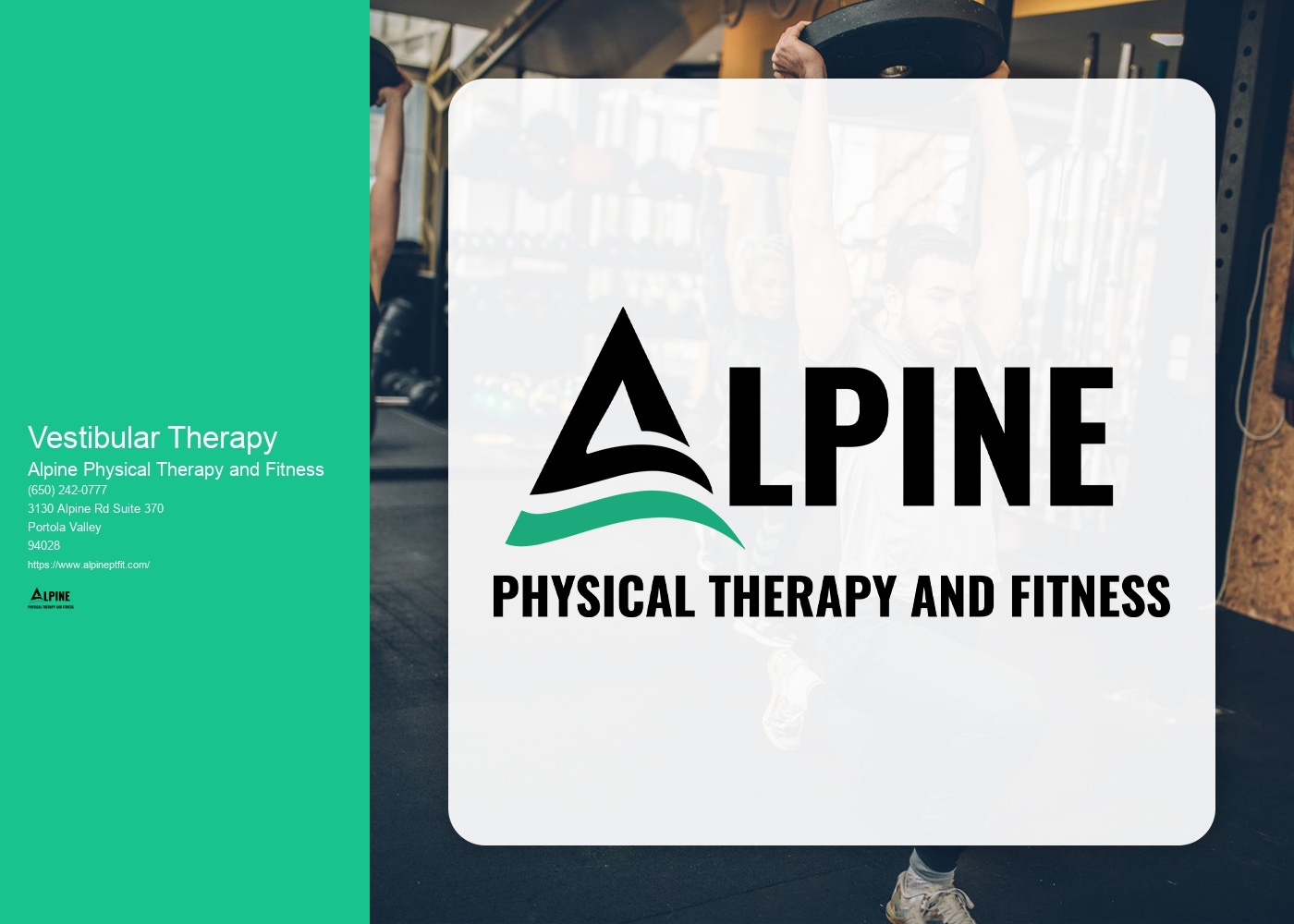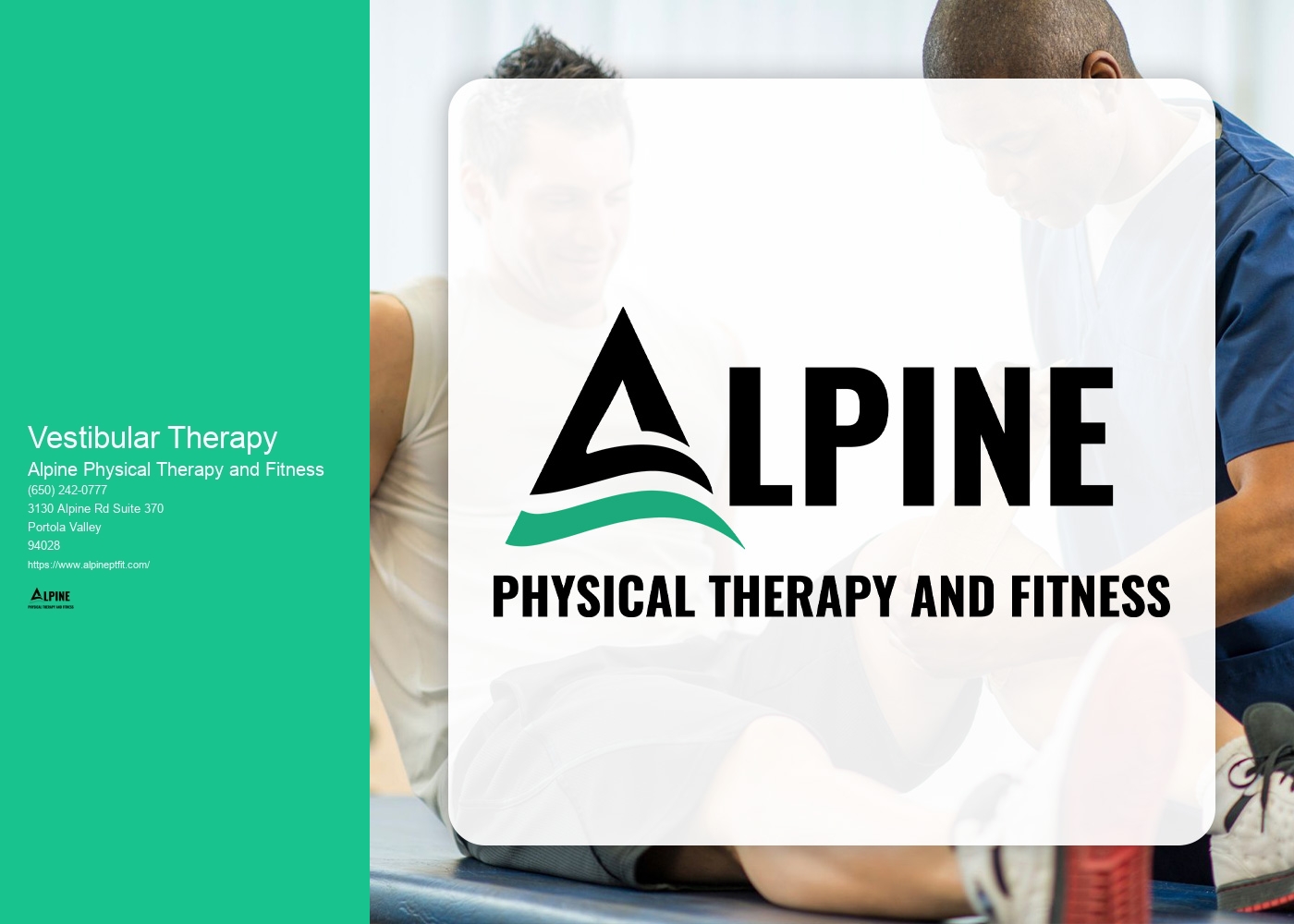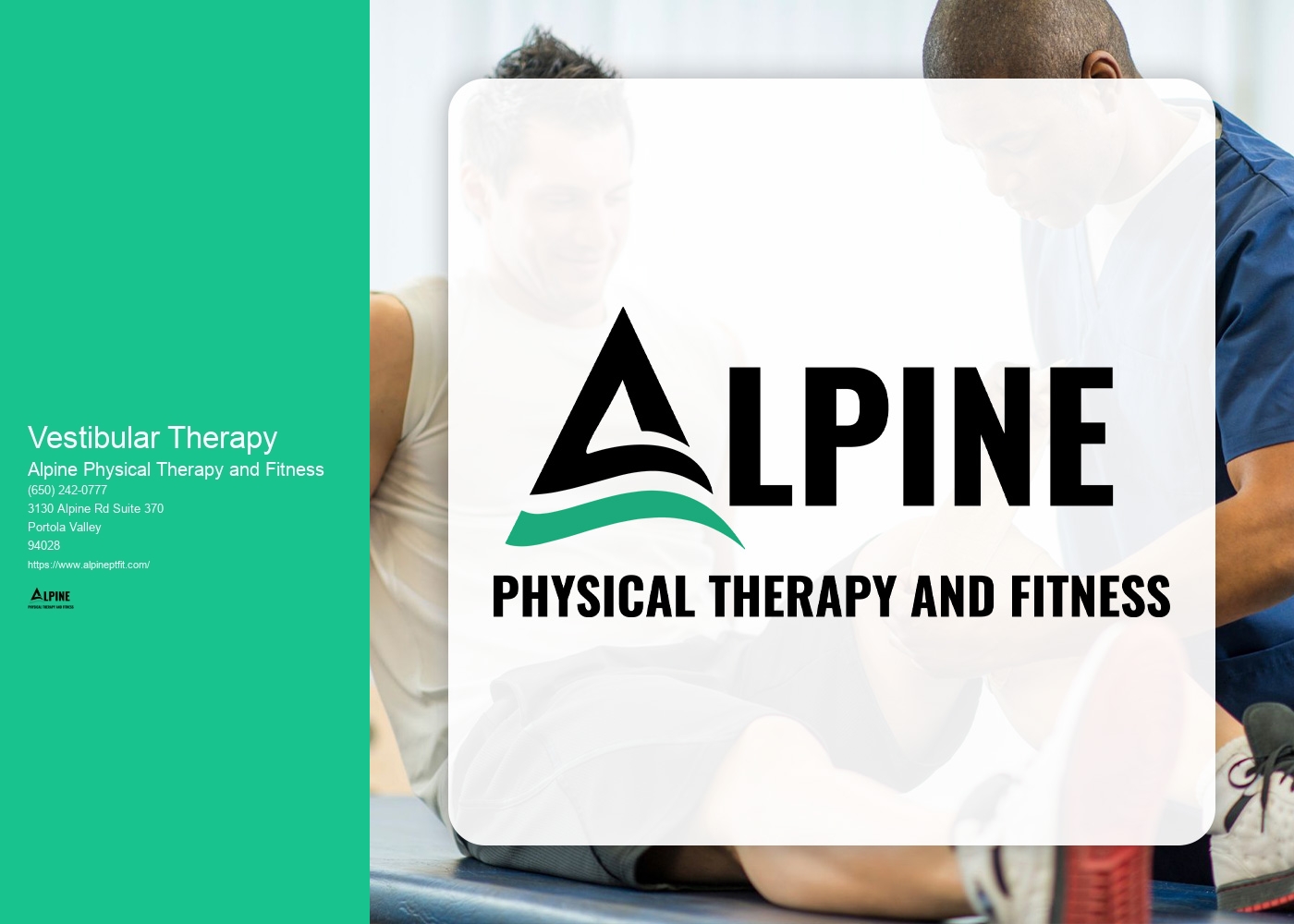

Vestibular therapy is a specialized form of physical therapy that focuses on treating disorders and conditions related to the vestibular system, which is responsible for maintaining balance and spatial orientation. The therapy works by utilizing exercises and techniques that aim to improve the function of the vestibular system and reduce symptoms such as dizziness, vertigo, and imbalance. These exercises may include head and eye movements, balance training, and habituation exercises, which gradually expose the patient to movements or situations that trigger their symptoms in order to desensitize their response.
Vestibular therapy can help with a range of conditions and symptoms related to the vestibular system. It is commonly used to treat benign paroxysmal positional vertigo (BPPV), which is characterized by brief episodes of vertigo triggered by specific head movements. It can also be beneficial for individuals with vestibular neuritis, labyrinthitis, Meniere's disease, and post-concussion syndrome. Additionally, vestibular therapy can be effective in managing symptoms of motion sickness and improving balance and stability in older adults.
The duration of a typical vestibular therapy session can vary depending on the individual's needs and the severity of their condition. On average, a session may last between 45 minutes to an hour. The therapist will assess the patient's symptoms and develop a personalized treatment plan, which may involve multiple sessions over a period of several weeks or months. The frequency and duration of the therapy will be determined by the therapist based on the patient's progress and goals.

While vestibular therapy is generally considered safe, there can be some side effects or risks associated with certain exercises. Patients may experience temporary dizziness or increased symptoms during or immediately after the therapy session. However, these side effects are usually short-lived and subside as the patient's vestibular system adapts and improves. It is important for patients to communicate any discomfort or concerns to their therapist, who can adjust the exercises accordingly.
The time it takes to see results from vestibular therapy can vary depending on the individual and the nature of their condition. Some patients may experience improvements in their symptoms after just a few sessions, while others may require more time and consistent effort to achieve significant progress. It is important to note that vestibular therapy is a gradual process that requires patience and commitment. The therapist will monitor the patient's progress and make adjustments to the treatment plan as needed to ensure optimal outcomes.

Vestibular therapy is typically performed under the guidance of a trained professional, such as a physical therapist or an occupational therapist with expertise in vestibular rehabilitation. These professionals have the knowledge and skills to assess the patient's condition, develop a tailored treatment plan, and guide them through the exercises and techniques. While there may be some home exercises or strategies that patients can practice between sessions, it is generally recommended to undergo vestibular therapy under the supervision of a professional to ensure safety and effectiveness.
The coverage of vestibular therapy by insurance can vary depending on the specific insurance plan and the individual's diagnosis. Some insurance plans may cover vestibular therapy as part of physical therapy or rehabilitation services, while others may require pre-authorization or have limitations on the number of sessions covered. It is advisable for patients to check with their insurance provider to determine the extent of coverage for vestibular therapy and any associated requirements or restrictions.

Physical therapy can play a crucial role in the recovery of Achilles tendonitis. By employing a variety of techniques and exercises, physical therapists can help alleviate pain, reduce inflammation, and promote healing in the affected tendon. One such technique is manual therapy, which involves hands-on manipulation of the soft tissues surrounding the Achilles tendon to improve flexibility and reduce tension. Additionally, therapeutic exercises can be prescribed to strengthen the muscles in the lower leg and foot, which can help support the Achilles tendon and prevent further injury. Modalities such as ultrasound and electrical stimulation may also be used to promote blood flow and accelerate the healing process. Furthermore, physical therapists can provide guidance on proper footwear and orthotics to ensure optimal biomechanics and reduce stress on the Achilles tendon during daily activities. Overall, physical therapy offers a comprehensive approach to treating Achilles tendonitis, addressing both the symptoms and underlying causes of the condition to facilitate a full recovery.
Joint mobilization and joint manipulation are both techniques used in manual therapy to improve joint function and reduce pain. However, they differ in their approach and level of force applied. Joint mobilization involves the therapist gently moving the joint through its range of motion, using techniques such as oscillation, traction, and gliding. This helps to improve joint mobility, increase blood flow, and reduce muscle tension. On the other hand, joint manipulation involves a high-velocity, low-amplitude thrust to the joint, often resulting in an audible "pop" or "crack". This technique is used to restore joint alignment, release joint restrictions, and improve joint function. While both techniques can be effective in treating joint dysfunction, joint manipulation is generally more forceful and may be used for more severe or chronic conditions.
Yes, there are specialized therapies available for individuals with Alzheimer's disease. These therapies aim to improve cognitive function, manage behavioral symptoms, and enhance overall quality of life for individuals with Alzheimer's. Some of the specialized therapies include cognitive stimulation therapy, reminiscence therapy, reality orientation therapy, and music therapy. Cognitive stimulation therapy involves engaging individuals in activities that stimulate their cognitive abilities, such as puzzles, memory games, and discussions. Reminiscence therapy focuses on using past memories and experiences to improve mood and well-being. Reality orientation therapy helps individuals with Alzheimer's to maintain a sense of time, place, and person by providing them with cues and reminders. Music therapy involves using music to stimulate memories, reduce anxiety, and improve mood. These specialized therapies can be tailored to meet the unique needs and abilities of individuals with Alzheimer's, and they can be provided in various settings, including home, community centers, and long-term care facilities.
Physical therapists play a crucial role in addressing pelvic organ prolapse by utilizing a comprehensive and individualized treatment approach. They employ a variety of techniques and interventions to help alleviate symptoms and improve pelvic floor muscle function. These may include pelvic floor muscle exercises, also known as Kegel exercises, which aim to strengthen and tone the muscles supporting the pelvic organs. Additionally, therapists may incorporate biofeedback, electrical stimulation, and manual therapy techniques to enhance muscle coordination and improve pelvic floor muscle strength. Education on proper body mechanics and postural alignment is also provided to promote optimal pelvic organ support. Furthermore, physical therapists may collaborate with other healthcare professionals, such as gynecologists and urologists, to ensure a multidisciplinary approach to managing pelvic organ prolapse. By addressing the underlying causes and providing targeted interventions, physical therapists help individuals with pelvic organ prolapse regain function, reduce symptoms, and improve their overall quality of life.
Physical therapy plays a crucial role in managing hypertension by incorporating exercise and lifestyle modifications into the treatment plan. Physical therapists use a combination of aerobic exercises, resistance training, and flexibility exercises to help lower blood pressure levels. These exercises help improve cardiovascular fitness, reduce arterial stiffness, and enhance blood vessel function. Additionally, physical therapists educate patients on the importance of regular physical activity, healthy eating habits, stress management techniques, and smoking cessation to further control hypertension. By addressing these lifestyle factors, physical therapy can effectively contribute to the overall management of hypertension and improve the patient's quality of life.